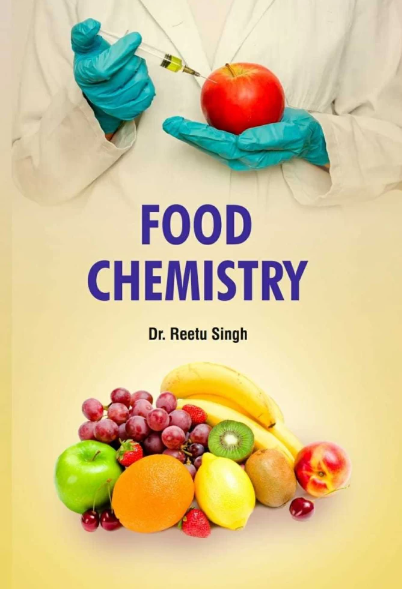The multifunctional role of hydrocolloids in modulating retrogradation, starch hydrolysis, and the gut microbiota
IF 8.5
1区 农林科学
Q1 CHEMISTRY, APPLIED
引用次数: 0
Abstract
Hydrocolloids are hydrophilic long-chain polymers used in food systems for thickening, gelling, and stabilizing. They significantly influence starch retrogradation, hydrolysis, and gut microbiota modulation, with both beneficial and detrimental outcomes. These effects depend on factors such as hydrocolloid type, concentration, interactions with starch, and environmental conditions like temperature and processing methods. Some hydrocolloids inhibit starch retrogradation by disrupting amylose recrystallization, while others promote retrogradation under certain conditions. They can also alter starch hydrolysis by modifying enzyme accessibility to starch granules, either decelerating or accelerating digestion. Moreover, hydrocolloids act as fermentable fibers, supporting the growth of beneficial gut bacteria, which may influence metabolic processes. Despite significant progress, the complexity of these interactions remains incompletely understood, as effects vary with individual microbiota compositions. This review explores the mechanisms by which hydrocolloids modulate starch behaviors and gut microbiota, synthesizing current literature and identifying future research directions to address existing knowledge gaps.

水胶体在调节降解、淀粉水解和肠道微生物群中的多功能作用
水胶体是一种亲水性长链聚合物,用于食品系统的增稠、胶凝和稳定。它们显著影响淀粉降解、水解和肠道菌群调节,既有有益的结果,也有有害的结果。这些影响取决于水胶体类型、浓度、与淀粉的相互作用以及温度和加工方法等环境条件等因素。一些水胶体通过破坏直链淀粉的再结晶来抑制淀粉的退化,而另一些水胶体则在一定条件下促进淀粉的退化。它们还可以通过改变酶对淀粉颗粒的接近性来改变淀粉水解,从而减慢或加速消化。此外,水胶体作为可发酵纤维,支持有益肠道细菌的生长,这可能会影响代谢过程。尽管取得了重大进展,但这些相互作用的复杂性仍然不完全清楚,因为影响因个体微生物群组成而异。本文综述了水胶体调节淀粉行为和肠道微生物群的机制,综合了现有文献,并确定了未来的研究方向,以解决现有的知识空白。
本文章由计算机程序翻译,如有差异,请以英文原文为准。
求助全文
约1分钟内获得全文
求助全文
来源期刊

Food Chemistry
工程技术-食品科技
CiteScore
16.30
自引率
10.20%
发文量
3130
审稿时长
122 days
期刊介绍:
Food Chemistry publishes original research papers dealing with the advancement of the chemistry and biochemistry of foods or the analytical methods/ approach used. All papers should focus on the novelty of the research carried out.
 求助内容:
求助内容: 应助结果提醒方式:
应助结果提醒方式:


